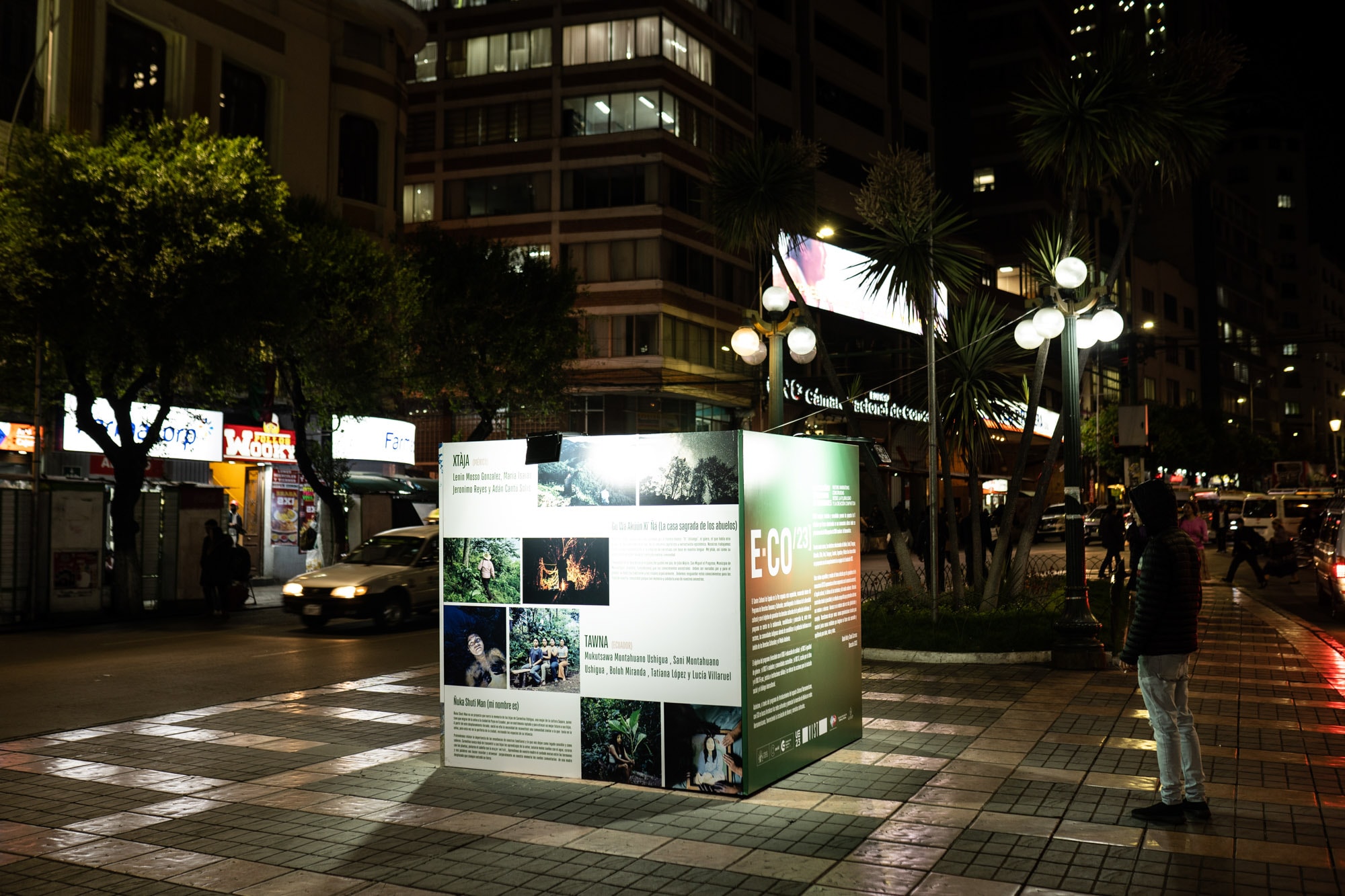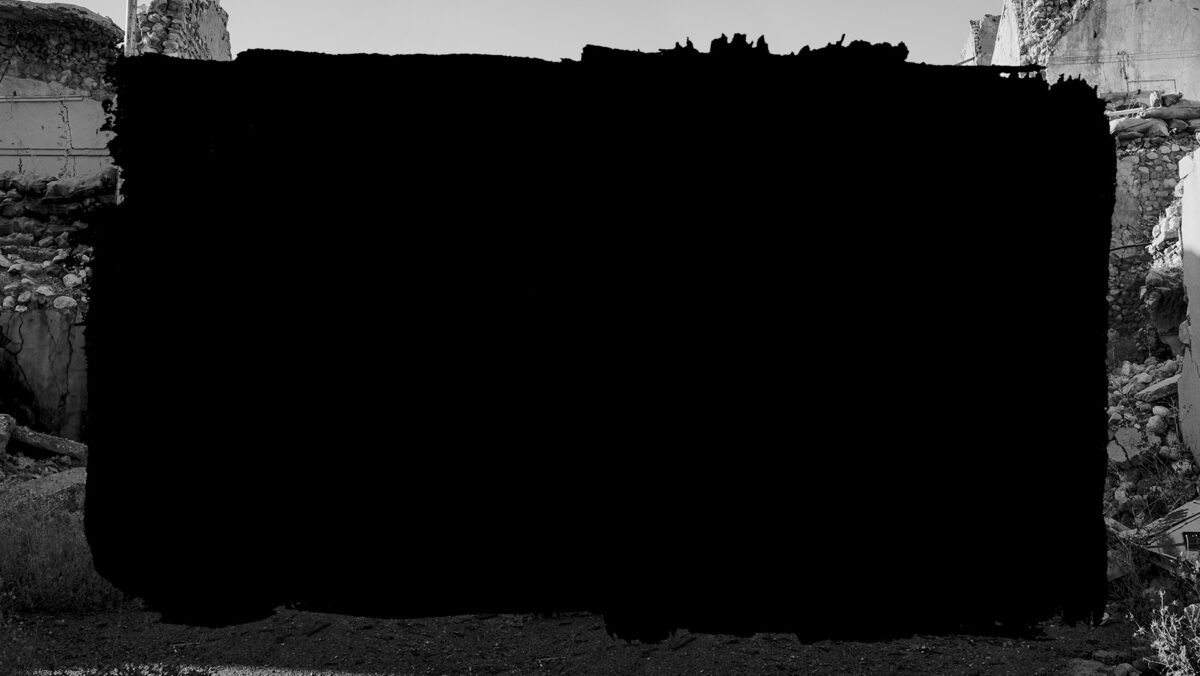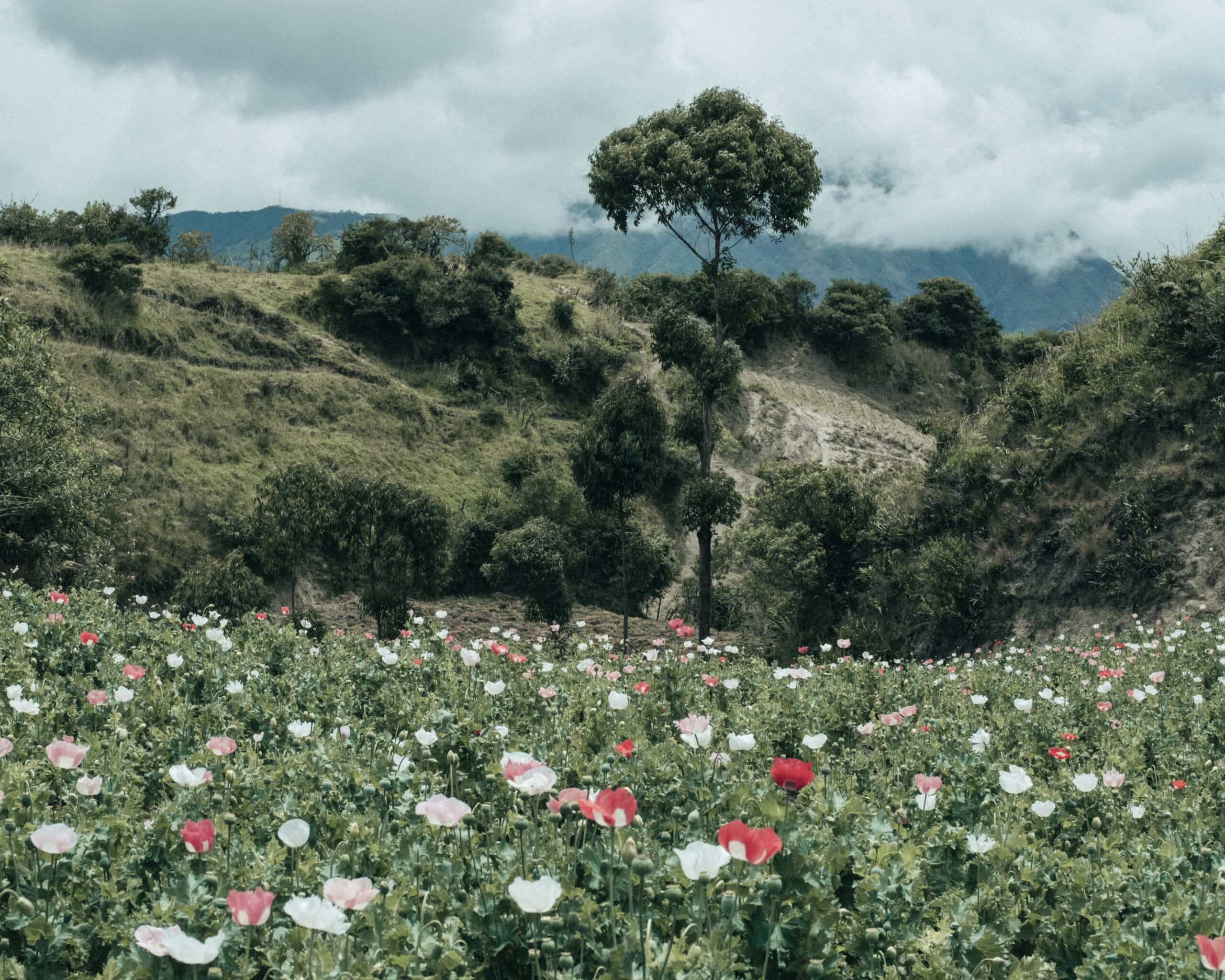
Objects that Tell Stories: Archaeologies of Exile
In Colombia’s long history of armed conflict, many people had to flee to other countries. However, we know little about this phenomenon, which has been largely invisible. As part of the work of the Comisión de la Verdad, a project was developed that seeks to change this perception: Arqueologías del Exilio. In Argentina, it was presented as an exhibition of photographs, audio, and micro-stories that tell the stories of objects that accompanied thousands of Colombians in their exile.
By Marcela Vallejo
“The lantern was the object that allowed this person to save themselves,” says curator and photographer Nicolás Pousthomis, who curated the exhibition Arqueologías del Exilio in Buenos Aires, the result of a process of the same name developed by the Comisión de la Verdad in Colombia. That object, which appeared in the exhibition, caught Pousthomis’ attention, as it was the instrument of flight: “With it, this person was able to light the way during a flight through the jungle and scare away animals.”
Arqueologías del Exilio, was a project of the Commission that was developed in several countries, in spaces called “Nodos”, where the meeting between exiled Colombians, some belonging to civil organizations abroad, was encouraged. In each Node, Colombians carried out memory exercises to reconstruct the trajectories of these people from objects they took with them on their journey.
In 2016, after more than 50 years of armed conflict, the Colombian state signed the Final Agreement with the FARC-EP guerrilla, closing a cycle of dialogues and negotiations that had begun four years earlier. As part of the Agreement, in 2017, the Comisión para el Esclarecimiento de la Verdad, la Convivencia y la No Repetición was created; as a temporary and extrajudicial mechanism, as it would have a period of action and its results would not be penalties, convictions or trials.
Jerónimo Rivero
“They gave them two or three hours to leave town. She left with what she had on. She took her daughter and Nico the bear because they were going to kill them, or she doesn’t know, but she thinks they were.”
Microrrelatos. Arqueologías del Exilio
In July of this year, the Comisión de la Verdad delivered its final report: an 800-page document that reveals the results of its work. It records in detail what happened in terms of human rights abuses and criminal acts during the 52 years of an armed conflict that took the lives of approximately 220,000 people and displaced up to 5 million people. As part of this work – and in a novel way for the historical memory process developed in Colombia – the Commission addressed an event that has been little studied until now: victims’ flight to other countries. In other words, exile.
Exile is hardly discussed, even though everyone in the country knows someone who had to leave to protect his or her life or that of his or her family members. As the document shows, the invisibility of Colombian exile has to do with the underreporting of departures and the fact that it is not recognized as a human rights violation.
In the case of Argentina, the Nodo brought together several exile organizations. The participants told their stories with objects they considered representative of their trajectory. The process was coordinated by Colombian Esteban Andrés Trujillo, a law student who also participated in the interviews. The record included testimonies and photographs that were finally presented in an exhibition curated by Nicolás Pousthomis, which was open to the public until September 18 at the Centro Cultural de la Memoria Haroldo Conti.
Jerónimo Rivero
Argentine photographer, journalist, and professor Jerónimo Rivero was in charge of taking the photographs. According to Pousthomis, they were guided by the concept of archeology: Rivero’s photos were taken in an “almost scientific manner, isolating the object and seeking to portray its essence.” Rivero then portrayed each person with his or her object, without giving any indication of that person’s identity: not only to protect them but also to avoid a direct link between entity and individual and thus allow others to identify themselves. What can be seen in this series are hands and other parts of the person’s body interacting with the object. Finally, Rivero took photos of the thing in its natural context of use.
The exhibition was accompanied by a series of micro-stories in audio and text. This work was done by Yenifer Galindo, a Colombian social worker who emigrated to Argentina. The micro-stories accompanying the exhibition and the printed material do not appear next to the objects: an idea that allows the viewer to search, build stories and appropriate what these objects tell.
Her doll is always with her. When she is sad, she hugs it and feels happy. She named her Betty after a Colombian novel, but her doll is not ugly, and she wouldn’t change it for anything.
Microrrelatos. Arqueologías del Exilio
Jerónico Rivero


